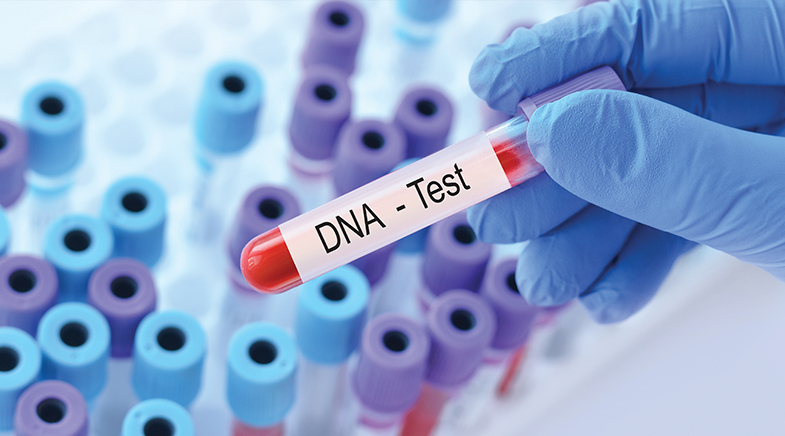A patent that can help combat neurological disorders
-
- from Shaastra :: vol 01 issue 04 :: Jul - Aug 2022

Scientists at the National Centre for Biological Sciences (NCBS), Bengaluru, have won a patent on a method that may help combat neurological disorders. For this, the biologists followed a technique that they had studied earlier in fruit flies.
The team led by Gaiti Hasan, who has worked extensively on neural signal processing in fruit flies (drosophila), applied a technique called Store-Operated Calcium Entry (SOCE) to conclude that increasing calcium in a neural cell could help fight the rare neurodegenerative disease spinocerebellar ataxia (SCA). A person with SCA gradually loses mobility and the ability to swallow.
Scientists know that nerve cells propagate messages through ions. Calcium plays a crucial role in such signal propagation. Hasan realised that a calcium-signalling channel — called ip3 receptor — controls intracellular communication.
When a cell lacks calcium, a protein called Stromal Interaction Molecule senses that and passes the signal into the channel. The cell surface then starts to supply calcium to the cell again.

The NCBS group found that increasing the calcium entry into the cell could combat disease caused by the loss of the ip3 receptor. The team earned the patent in mid-June for discovering a way to increase calcium storage in the human neural cell.
"Having done this work in drosophila, I wanted to know how this work relates to human neural disease," Hasan says.
She had no experience working with human stem cells, so her post-doctorate colleague Renjitha Gopurappilly designed the experiment on human neural cells. Gopurappilly has been working on Parkinson’s where the loss of SOCE is known to trigger degeneration of dopamine neurons. The team is now collaborating with chemists to find the right molecules for drug design. "I am hopeful about our method and looking forward to designing the drug," Gopurappilly says.
The team identified an inverse relationship between the calcium storage in the cell and a molecule called septin7.
The team identified an inverse relationship between the calcium storage in the cell and a molecule called septin7. As the molecule reduces, the calcium storage increases. "There are different types of septins present, so finding the exact molecule for designing the drug will be tricky," Hasan say.
Gopurappilly created iPSC (induced pluripotent stem cells) colonies in a culture dish. These cells were reprogrammed from the blood cells of a person with Parkinson's. These could then be grown in culture and differentiated into many different cells such as neurons, heart cells and liver cells. "I plan to use the iPSCs for deriving midbrain neurons to investigate the cellular and molecular mechanisms of Parkinson's disease," Gopurappilly says.
Despite the odds — stem cells at the lab, for instance, were destroyed during the COVID-19 lockdown – the group's method throws light on ways of combating Parkinson's, Alzheimer's, SCA and other disorders. "Failure is an essential part of achieving the goal," Hasan concludes.
Have a
story idea?
Tell us.
Do you have a recent research paper or an idea for a science/technology-themed article that you'd like to tell us about?
GET IN TOUCH














